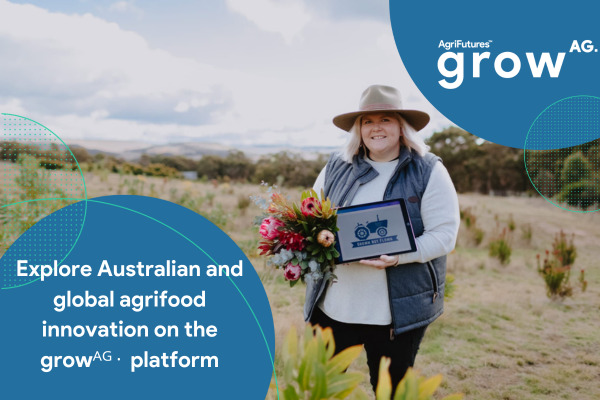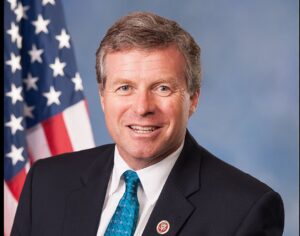This week at Davos, ag and agtech was at the heart of a topic that touches each of us.
Nearly 870 million people in the world are hungry; that equates to about one in eight people. On an even larger scale, two billion people suffer from “hidden hunger,” a term often used to describe malnutrition. Not only is there a demand for more food, but also better food. The panel discussed how R&D on both the local and global level will be the key to meeting the demand of 9 billion people by 2050.
Moderated by Rajiv J. Shah, the former Director for Agricultural Development & Financial Services at the Bill & Melinda Gates Foundation, the panel included some of the strongest minds and voices in ag: Akinwumi Ayodeji Adesina, ag economist and Minister of Agriculture and Rural Development of Nigeria; Michel M. Liès, Group Chief Executive Officer, Swiss Re, Switzerland; Ellen Kullman, Chair of the Board and Chief Executive Officer, DuPont, USA; Shenggen Fan, Director-General, International Food Policy Research Institute (IFPRI), USA; and Ajay Vir Jakhar, Chairman, Bharat Krishak Samaj (Farmers’ Forum India), India.
“I am not scared that we have to feed the world,” Adesina said, kicking off the conversation. “In the 60’s that’s what everyone thought—the population is growing so fast that we’re not going to be able to do that. But what they forgot is the power of science and technology.”
R&D can be understood either as a burden, or as an opportunity. Panel member Shenggen Fan sees it as the latter. “Hunger is costly,” he said, telling the audience that GDP is reduced by 2-3% every year due to hunger. “Addressing hunger has a very high return. With every 1 dollar investment, you get 30 dollars in return. Where else can you find an investment like that?”
The problem is, many don’t think of ag in these terms of investment, especially when it comes to developing countries. “Agriculture is not a development activity,” Adesina said. “Agriculture is a business.”
With 65 percent of the globe’s arable land in Africa, there is a large discrepancy between available land and population hunger. One in four people in Africa is hungry, where as the global average is one in eight. “Agriculture pays, and there’s a lot of money to be made by small, older farmers,” said Adesina. “The role of government is to have an enabling environment around agriculture….The private sector is the engine of growth.”
Ajay Vir Jakhar agreed that while private R&D is necessary, public investment is also necessary. “The private sector will only deliver if there is governance and if there is regulation that is enforced” Jakhar said. Suggesting that infrastructure, markets and regulation must already be in place for private companies, Jakhar was the speaker that struck at local realities of building ag businesses.
“As a farmer,” said Jakhar. “I don’t think of global food security. I think in terms of food security for the individual….If you can make [the farmer] self sufficient to grow his own vegetables and his own produce, you solve 60 percent of the world’s problem.”
The big takeaway was that it is R&D from all sectors that is necessary in order to meet demand. You can check out the video below for the full discussion of the panel for more.














Sponsored
Sponsored post: The innovator’s dilemma: why agbioscience innovation must focus on the farmer first